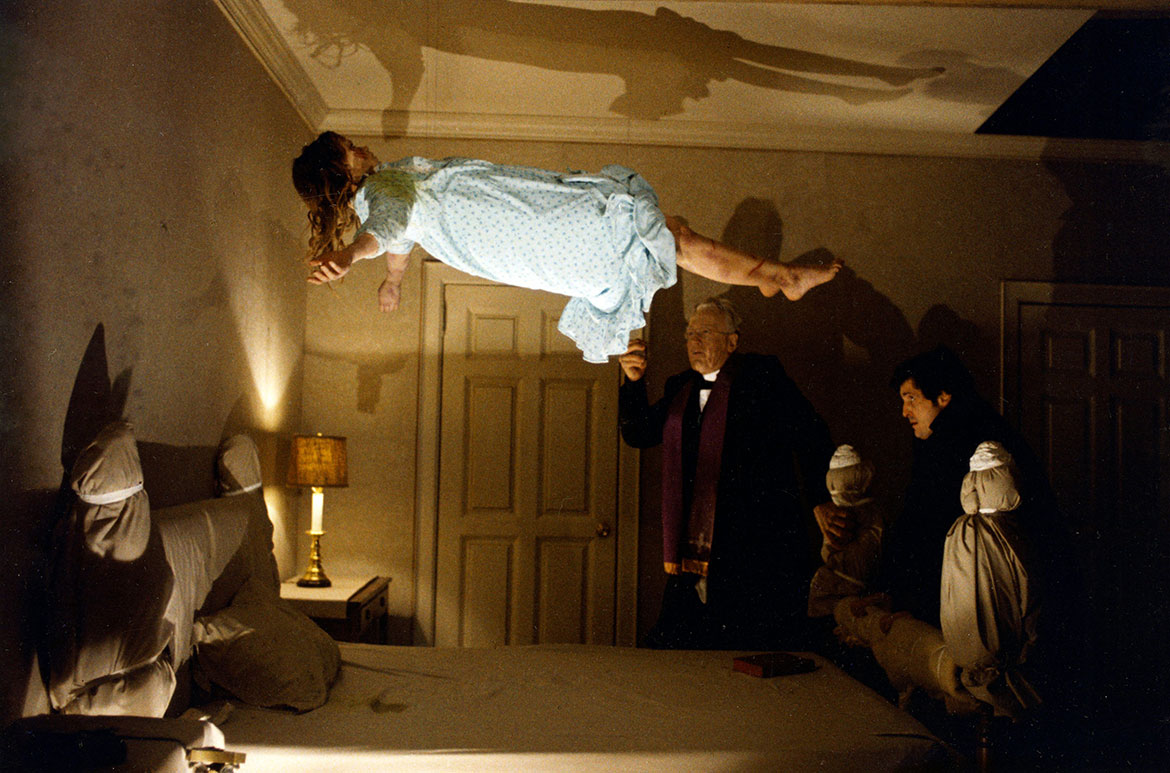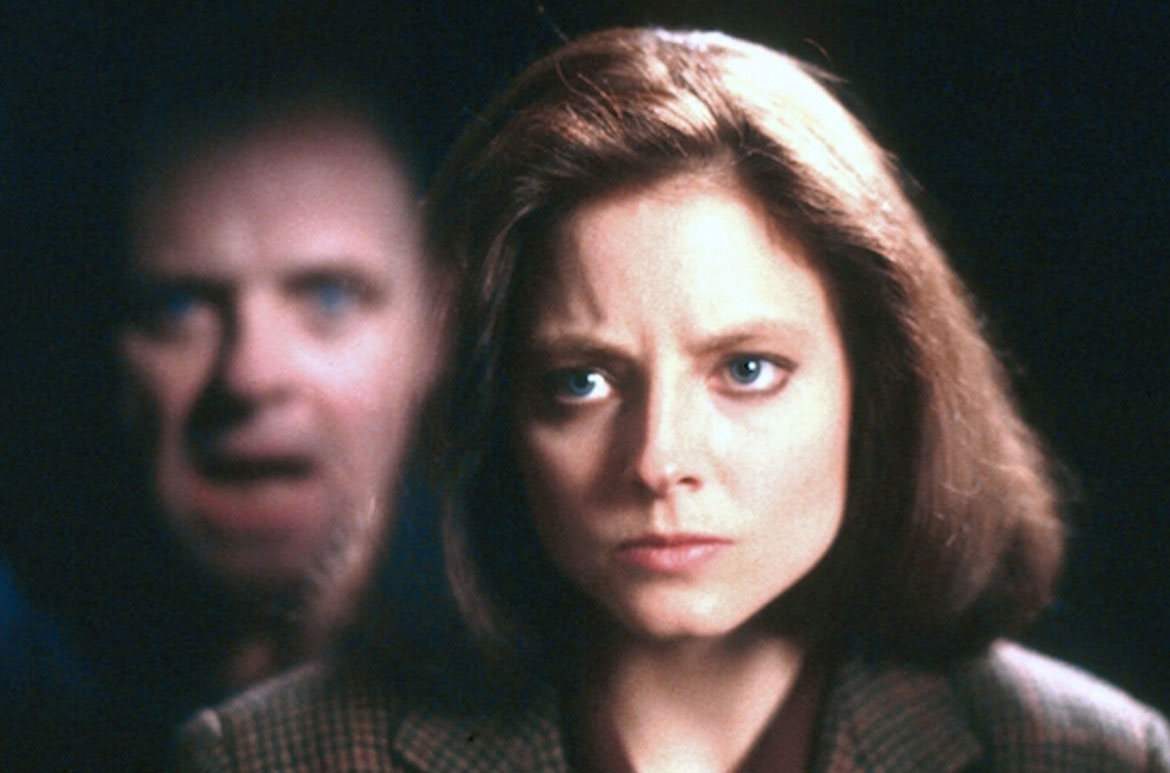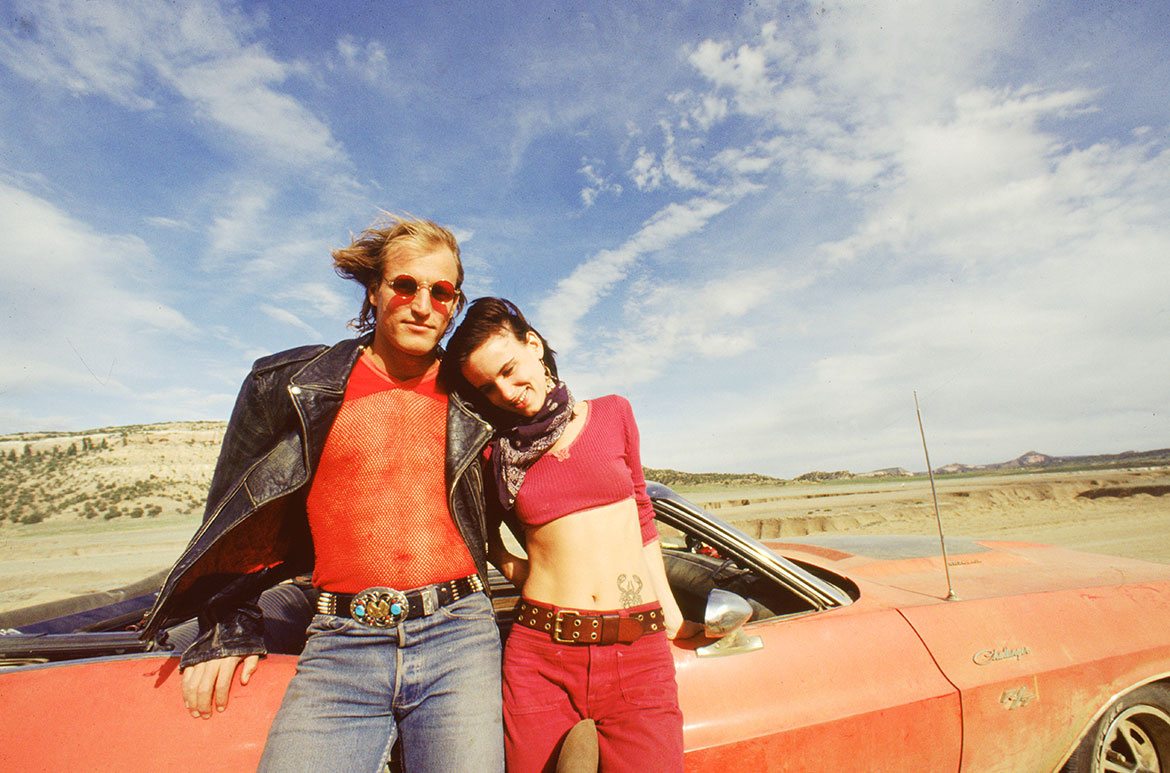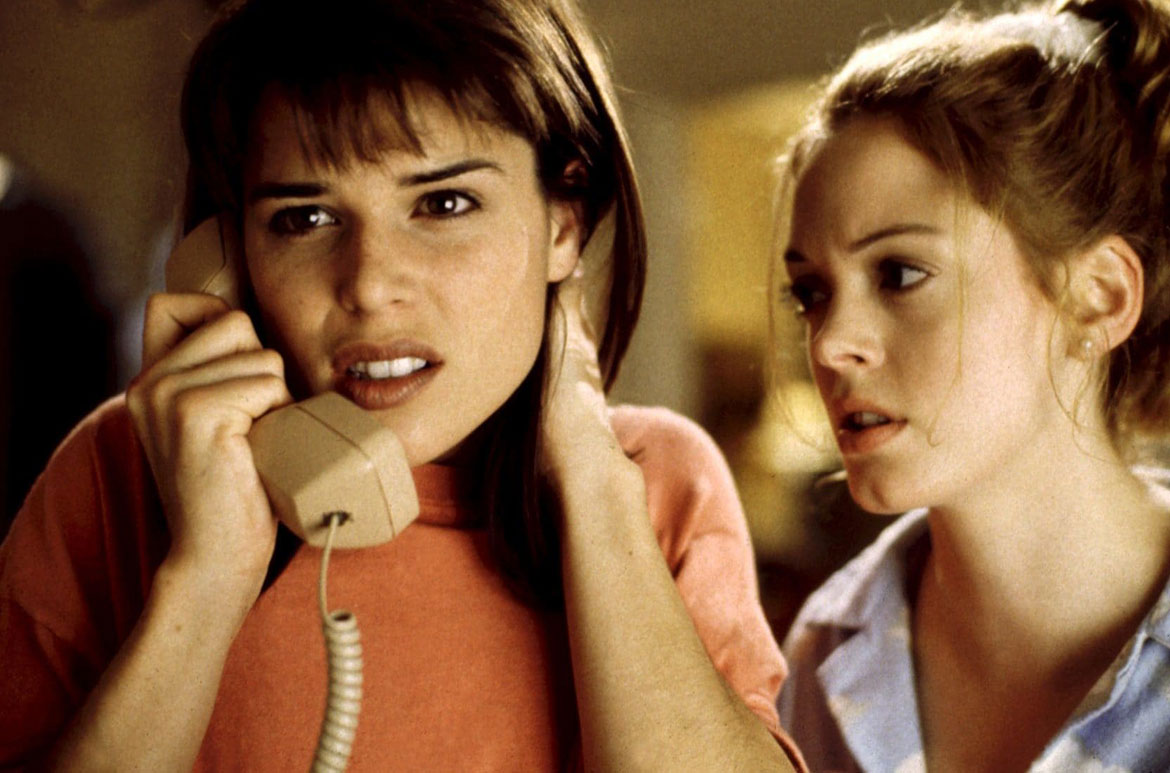Miranda July is an exciting, multidisciplinary artist who moves between film, writing and performance to create narratives that speak to the strangeness of the everyday and the human desire for connectedness. As we celebrate the work of this ground-breaking artist and filmmaker in ‘Miranda July: Me and You and Everybody‘, here are five memorable moments to watch out for.
Head to the Australian Cinémathèque at the Gallery of Modern Art (GOMA) to explore the films of this genre-defying director.
#1 The pink bubbles in ‘Kajillionaire’
New to Miranda July? Her latest feature Kajillionaire is a great place to start. A comedic twist on the heist-drama, this is the story of a family of con-artists who survive off ludicrous small-time scams. In downtown L.A. where cheap rent is almost impossible to find, the Dyne family live in an apartment where at certain times of the day, the walls are flooded with oozing pink foam; caused by some questionable plumbing in the bubble factory located on the floor above. Joyful and strangely beautiful, mysterious pink bubbles never looked so good!
Kajillionaire (2020) / Director: Miranda July
“If you’re watching this…just call this number…and say macaroni”
#2 Macaroni in ‘Me and You and Everyone We Know’
What better way to test if someone is paying attention to your film than to give them an instruction to follow at the end? Head to one of the screenings of Me and You and Everyone We Know to find out the true meaning of “macaroni”.
Me and You and Everyone We Know (2005) / Director: Miranda July
#3 Paw puppetry in ‘The Future’
In Miranda July’s second feature film, The Future, a thirty-something couple decide to adopt a cat named Paw Paw who has been given six months to live. Originally developed by Miranda July as part of her stage performance, Things We Don’t Understand and Definitely Are Not Going to Talk About (2006), July’s cat paw puppetry brings to life one cat’s story of patience, loneliness, and unrequited love. Who knew puppets could be so moving?
The Future (2011) / Director: Miranda July
#4 It’s clearly a 4: decoding secret relationship symbols in ‘The Amateurist’
Have you ever over analysed the wording of a text message or an email? Miranda July’s experimental short The Amateurist is the story of an analyst who interprets the physical gestures of a woman that she observes through a television screen as secret symbols of affection and longing.
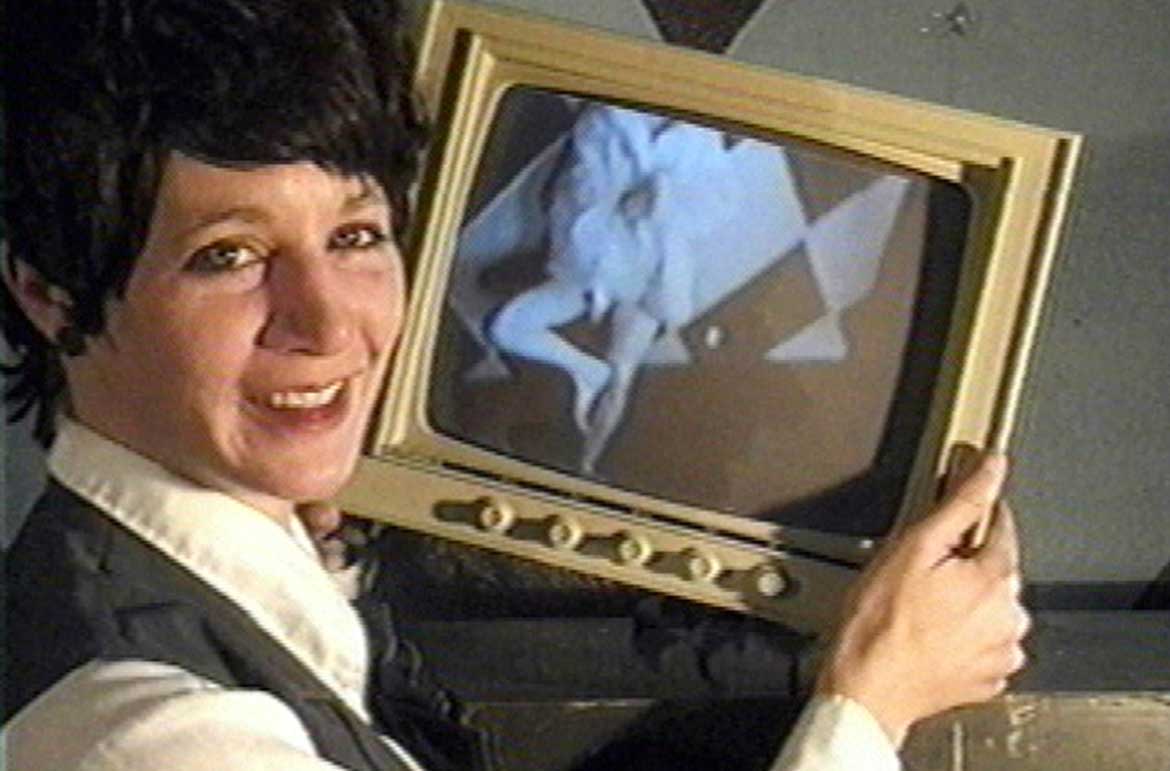
#5 “She’s always creating” Amy Adrion on working with Miranda July
Half the Picture is an eye-opening documentary that features interviews from influential directors, including Ava DuVernay, Mary Harron and Miranda July, to highlight the challenges faced by women filmmakers trying to break into an industry that is stacked against them. Before the screening, the film’s director Amy Adrion introduces the film and regrets to inform us that Miranda July really is as cool and as smart and as funny as she seems.
Amy Adrion on working with Miranda July / Director introduction to Half the Picture (2011)
Struggling to stay focused when you’re working from home? Follow Miranda July’s five-step program from ‘The Future’ to avoid distraction
Dip into our Cinema blogs / View the ongoing Australian Cinémathèque program
QAGOMA is the only Australian art gallery with purpose-built facilities dedicated to film and the moving image. The Australian Cinémathèque at the Gallery of Modern Art (GOMA) provides an ongoing program of film and video that you’re unlikely to see elsewhere, offering a rich and diverse experience of the moving image, showcasing the work of influential filmmakers and international cinema, rare 35mm prints, recent restorations and silent films with live musical accompaniment on the Gallery’s Wurlitzer organ originally installed in Brisbane’s Regent Theatre in November 1929.
Feature image: Miranda July on set for Kajillionaire (2020) / Courtesy: Universal Pictures Australia
#QAGOMA
